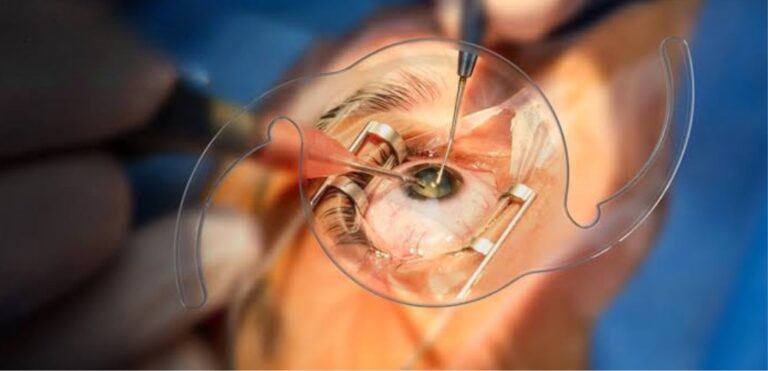What Exactly is Digital Smile Design?
Digital Smile Design represents a modern and innovative approach within cosmetic dentistry. It utilizes advanced computer software and digital imaging technologies to visualize and plan the aesthetic outcome of dental treatments before any physical alterations are made to the teeth. Instead of relying solely on traditional methods like physical models and subjective assessments, Digital Smile Design creates a virtual representation of the patient’s teeth, gums, and overall facial structure. This digital model allows for a comprehensive analysis of the smile’s proportions, symmetry, and relationship with other facial features. By creating this digital “blueprint,” dental professionals can precisely plan treatments, communicate effectively with patients, and ultimately achieve predictable and aesthetically pleasing results.
How Does the Digital Smile Design Process Typically Unfold?
The Digital Smile Design(تصميم الابتسامة الرقمية) process usually begins with a comprehensive initial consultation. During this stage, detailed information about the patient’s aesthetic goals, concerns, and expectations is gathered. High-quality digital photographs and videos of the patient’s teeth, gums, and face are taken from various angles. In some instances, digital scans of the teeth may also be acquired. This visual information is then imported into specialized Digital Smile Design software. Using this software, the dental professional can analyze the existing smile in relation to facial landmarks, assess tooth shape, size, position, and gum contours, and then digitally manipulate these elements to create a proposed new smile design. This digital design serves as a visual communication tool, allowing the patient to see a realistic preview of the potential treatment outcomes before committing to any procedures.
What are the Key Benefits of Utilizing Digital Smile Design in Cosmetic Dentistry?
Utilizing Digital Smile Design offers numerous benefits for both patients and dental professionals in cosmetic dentistry. One of the primary advantages is enhanced communication. The digital visualization allows patients to clearly understand the proposed treatment plan and actively participate in the design process, ensuring that their aesthetic goals are met. For dental professionals, it provides a precise and predictable framework for treatment planning, minimizing guesswork and maximizing the likelihood of achieving the desired aesthetic results. Digital Smile Design also facilitates interdisciplinary collaboration, allowing specialists such as orthodontists, periodontists, and oral surgeons to work together seamlessly on complex cases. Furthermore, the digital blueprint can be used to create highly accurate physical models and guides, leading to more precise and efficient treatment execution. The ability to visualize the final outcome beforehand can also reduce patient anxiety and increase confidence in the planned procedures.
What Types of Dental Treatments Can be Planned and Guided with Digital Smile Design?
Digital Smile Design is a versatile tool that can be applied to a wide range of dental treatments aimed at enhancing the aesthetics of the smile. It is commonly used in the planning of porcelain veneers and crowns, allowing for precise design of tooth shape, size, and alignment to create a harmonious and natural-looking smile. Digital Smile Design can also be invaluable in planning complex restorative cases involving multiple teeth, ensuring that the final restorations integrate seamlessly with the patient’s overall facial aesthetics. Furthermore, it can be utilized in conjunction with orthodontic treatments to visualize the final tooth positions and plan any necessary restorative procedures after the teeth have been aligned. Even treatments like gum contouring and teeth whitening can be integrated into the digital design process to achieve a comprehensive and aesthetically pleasing result.
How Does Digital Smile Design Enhance Communication Between Patients and Dental Professionals?
Digital Smile Design significantly enhances communication between patients and dental professionals by providing a clear and visual representation of the proposed treatment outcomes. Instead of relying on abstract descriptions or before-and-after photos of other patients, individuals can see a digital simulation of how their own smile could look after the planned procedures. This visual preview allows patients to provide direct feedback on the design, expressing their preferences regarding tooth shape, size, and overall smile aesthetics. Dental professionals can then make adjustments to the digital design based on this feedback, ensuring that the final treatment plan aligns with the patient’s expectations. This collaborative approach fosters a shared understanding of the aesthetic goals and increases patient satisfaction with the final results. The digital design serves as a common language, bridging the gap between the patient’s vision and the dental professional’s expertise.
How Does Digital Smile Design Contribute to More Predictable Treatment Outcomes?
Digital Smile Design contributes to more predictable treatment outcomes by providing a detailed and precise blueprint for the planned dental procedures. The digital analysis allows dental professionals to accurately assess the existing smile, identify areas for improvement, and plan the necessary alterations with a high degree of precision. The digital design can be used to create surgical guides for implant placement, templates for tooth preparation, and precise specifications for laboratory fabrication of restorations such as veneers and crowns. This level of pre-planning minimizes guesswork during the actual treatment phase and increases the likelihood of achieving the desired aesthetic and functional results. By visualizing the final outcome beforehand and using the digital design as a guide throughout the treatment process, dental professionals can deliver more predictable and successful smile transformations.
Can Digital Smile Design Help Individuals Understand the Potential Impact of Treatment on Their Overall Facial Aesthetics?
Yes, Digital Smile Design goes beyond just analyzing the teeth and gums; it also considers the relationship between the smile and the individual’s overall facial aesthetics. The digital analysis incorporates facial photographs and videos, allowing dental professionals to assess how changes to the teeth will harmonize with the patient’s lip line, facial symmetry, and other facial features. By digitally manipulating the smile design, patients can see how different tooth shapes, sizes, and positions might impact their overall appearance. This comprehensive approach helps individuals understand the potential impact of the planned dental treatment on their entire face, ensuring that the final smile design is not only aesthetically pleasing in isolation but also complements their unique facial characteristics. This holistic perspective is a key advantage of Digital Smile Design in achieving natural and harmonious results.




